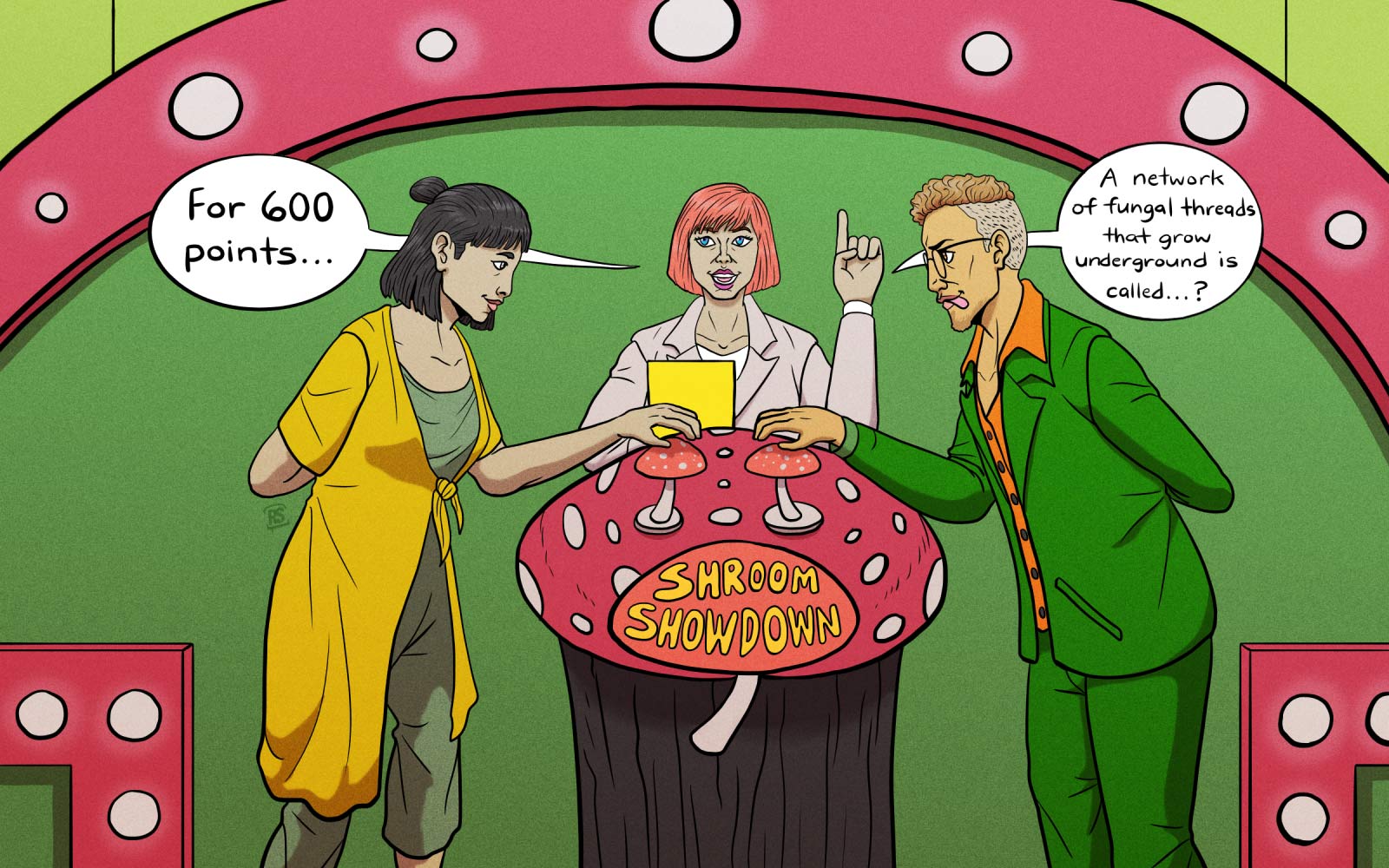Alright, fellow fungi enthusiasts and trip-trippers, strap on your proverbial seat belts (or just cozy up in your favorite blanket) because we’re about to feast on a few fun mushroom facts. And trust me, we’re not just talking about the culinary kind!
If you’re new to the world of psilocybin or simply curious about the mycological world — there is always something new to learn.
The Magic of Mushrooms
Two key components in mushrooms, psilocin and psilocybin, have a significant impact on the human mind. After taking shrooms, people can experience a wide range of emotions, euphoria, hallucinations, and even nausea. But not all mushrooms are magic. We’ve got a few fun facts about magic mushrooms and a handful of interesting tidbits about the fungi world in general. Dig in!
1. There Are Over 200 Species of Magic Mushrooms
It turns out that there are about 200 kinds of mushrooms that can be categorized as “Magic Mushrooms” (meaning they contain psychoactive substances), with psilocybin mushrooms accounting for the majority of them. There’s Psilocybe semilanceata (Liberty Cap), Psilocybe cubensis (Golden Teacher), Psilocybe cyanescens (Wavy Cap), and a slew of others, each with its distinct “taste” when it comes to the psychedelic experience.
2. They Have an Important History
Though most of the mainstream culture has only recently discovered the power of hallucinogenic mushrooms, the rest of the world is not unaware of their existence. Psilocybin mushrooms have been utilized for spiritual and religious events in portions of Central America for thousands of years. The Aztecs referred to psilocybe mushrooms as ‘teonanacatl,’ which meant ‘the flesh of the gods.’ Furthermore, there are numerous Mesolithic rock drawings in Algeria’s Tassili n’Ajjer region depicting the ceremonial and ritualistic use of these fungi.
3. They Might Have Had a Hand in Our Evolution
Psilocybin mushrooms are the subject of various fascinating theories about how they’ve played a part in human evolution, some of which make sense. Terence McKenna, a well-known American psychonaut and philosopher, proposed a theory that psilocybe mushrooms were important in human physical and psychological evolution. He said that eating Psilocybe cubensis helped Homo erectus develop improved visual acuity and hence become better hunters, leading to improved survival rates.
4. Magic Mushrooms Hyperconnect the Brain
According to a study published in October 2014, the ingredients in psilocybin mushrooms may offer users a “mind-melting” sensation, but the drug enhances the brain’s connectivity. A functional magnetic resonance imaging (fMRI) scanner was used to scan the brains of 15 volunteers at King’s College London. They did it once after taking magic mushrooms and once after taking a placebo. The generated brain connection maps revealed that when under the effect of the drug, the brain synchronizes activity among previously unconnected locations. This shift in activity could explain why you get that trademark dreamy state.
5. You Can Grow Your Own
If psilocybin mushrooms and Psilocybe cyanescens are legal in your area, you can cultivate them at home. Getting a growing kit online and watering it regularly is all it takes to grow these shrooms. This way, you’ll have complete control over what you produce. If you’re curious, check out our full review on the best mushroom grow kits for beginners.
6. The Hidden Network Beneath Our Feet
Mushrooms don’t just sprout above ground; they’re the visible part of a vast underground network called mycelium. This intricate web of thread-like structures serves as nature’s internet, connecting trees and plants, allowing them to communicate and share nutrients. It’s a symbiotic relationship that underscores the intricate balance of ecosystems and highlights the incredible intelligence of fungi.
7. Fungi as Nature’s Decomposers
While mushrooms are known for their whimsical appearances, they play a crucial role in maintaining the balance of ecosystems. Fungi are nature’s recyclers, breaking down dead organic matter and returning nutrients to the soil. Without these diligent decomposers, forests, and landscapes would be overrun with debris, highlighting the unsung heroes that keep our environment flourishing. Shrooms are also an important part of mycoremediation – a method where fungi can help clean up toxic soil sites or help remediate damage done by oil spills.
8. Mushroom’s Green Side: Lichen Partnerships
Mushrooms often team up with other organisms in fascinating ways, and one of the most intriguing collaborations is with lichens. Lichens are a symbiotic relationship between fungi and photosynthetic partners, usually algae or cyanobacteria. The fungal component provides shelter and stability, while the photosynthetic partner produces food. This extraordinary partnership allows lichens to thrive in some of Earth’s most extreme environments.
9. The Star-Shaped Fungus
Nature has a knack for surprises, and the Geastrum saccatum mushroom is no exception. This unique fungus is commonly known as the “earthstar,” and it boasts a captivating star-like appearance. When it’s mature, the outer skin peels back, revealing a central sphere surrounded by rays. This remarkable adaptation aids in spore dispersal, as raindrops can hit the rays, causing them to bounce and disperse the spores.
10. The Inky Tales of Fungi
Ever thought of penning your psychedelic revelations? Some mushrooms could help with that, quite literally. Enter the “inky cap” mushroom, which oozes black liquid as it decays. This goo, historically, has been harnessed as ink. Imagine the poetic beauty of writing about a shroom trip with, well, shroom ink! Nature sure knows how to come full circle.
Hungry For More?
Feast on more mushroom content with magic mushroom guides, foraging tips, and how to cook with mushrooms. We’ve even got mushroom chocolate recipes and lessons on how to make shroom tea. Come explore and have a seat at our table.















